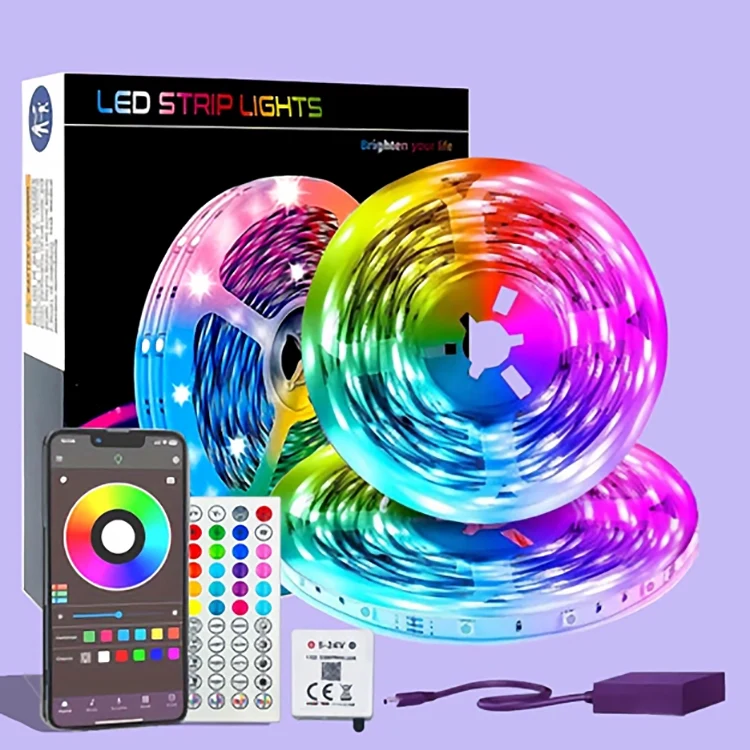Understanding the Different Types of LED Light Strips for Every Setting
2024-11-14
LED light strips have revolutionized how we light and decorate spaces, offering a wide range of options that suit everything from subtle ambient lighting to vibrant color displays. But with so many types available, choosing the right LED light strip can be confusing. In this blog post, we’ll break down the primary types of LED light strips, their features, and ideal uses.
1. Single-Color LED Light Strips
Single-color LED light strips emit a consistent color and are often available in popular tones like warm white, cool white, and daylight white. These strips are ideal for practical lighting applications, such as under-cabinet lighting, backlighting, or task lighting. Their simplicity, reliability, and cost-effectiveness make them a favorite for anyone looking to add a touch of brightness without too many customization options.
Best Uses: Kitchen counters, closets, offices, and hallways.
2. RGB LED Light Strips
RGB light strips are equipped with red, green, and blue LEDs, which can combine to produce a wide spectrum of colors. With RGB strips, you can create customizable lighting schemes to match your mood or décor, making them a popular choice for entertainment spaces, bedrooms, and living rooms. Most RGB strips come with remote controls or app compatibility, allowing for easy color changes, dimming, and even lighting effects.
Best Uses: Gaming rooms, bedrooms, parties, and accent walls.
3. RGBW LED Light Strips
RGBW strips add a dedicated white LED chip alongside the RGB chips, providing a pure white light option that standard RGB strips lack. This dedicated white LED offers a cleaner, more natural white light, which is perfect for areas where both vibrant colors and quality white lighting are needed. RGBW strips give the user flexibility to switch between dynamic color effects and standard white lighting for a more versatile setup.
Best Uses: Living rooms, kitchens, home theaters, and accent lighting.
4. RGBIC LED Light Strips
RGBIC (Red, Green, Blue, Independent Chip) LED strips take customization to the next level. Each section of the strip can display different colors simultaneously, enabling eye-catching lighting effects like flowing gradients, color chases, and animations. RGBIC light strips are often used for spaces that need vibrant, dynamic lighting, adding a whole new layer of creativity and visual interest.
Best Uses: Creative setups, gaming spaces, decorative installations, and retail displays.
5. Addressable LED Light Strips
For advanced customization, addressable LED strips allow individual control of each LED or small groups of LEDs along the strip. This feature enables complex animations, color patterns, and effects that standard RGB or RGBIC strips cannot achieve. Popular in professional lighting installations and DIY projects, addressable LED strips offer nearly limitless possibilities for lighting design.
Best Uses: Art installations, creative DIY projects, stage lighting, and themed displays.
Each type of LED light strip serves a unique purpose. Whether you want a simple, steady glow or an animated, multi-colored display, there’s an LED strip to meet your needs. Understanding the differences can help you create the ideal lighting effect for any space.



